ARLINGTON, MA — “The beautiful rug woven by the [Armenian] children in the [Ghazir] orphanage in the Lebanons has been received. This, their expression of gratitude for what we have been able to do in this country for their aid, is accepted by me as a token of their goodwill to the people of the United States. . . The rug has a place of honor in the White House, where it will be a daily symbol of good-will on earth.” These words of President Calvin Coolidge on December 4, 1925, were made in response to Dr. John H. Finley, Vice-Chairman of the Near East Relief Executive Committee, who presented the rug for the Armenian orphans who “have tied into it the gratitude of tens of thousands of children to you and to America. And what they have tied into it will never be untied. . . It is sent to adorn the dearest of our temples, the White House of our President.”
On Sunday, October 20 at 3:00 p.m. the Armenian Cultural Foundation will have a reception and presentation of Dr. Hagop Martin Deranian’s work “President Calvin Coolidge and the Armenian Orphan Rug”. A labor of love it is dedicated to the memory of the Armenian orphan rug weavers of the Near East Relief orphanage in Ghazir, Syria (presently Lebanon). Successor to the American Committee for Armenian and Syrian Relief, the Near East Relief was established in 1915 in response to urgent pleas from Henry Morgenthau, the American Ambassador to Turkey, and through the efforts of industrialist and philanthropist Cleveland Dodge and the support of President Woodrow Wilson. As such Near East Relief embarked on a herculean task of saving the lives of over 1,000,000 refugees, including over 100,000 Armenian orphans scattered throughout the Middle East and the Caucasus in the aftermath of the Armenian Genocide. Over $100,000,000, an astronomical figure at the time, was raised between 1915 and 1930 and an army of 1,000 American physicians, nurses, civil servants, and volunteers labored to save countless lives.
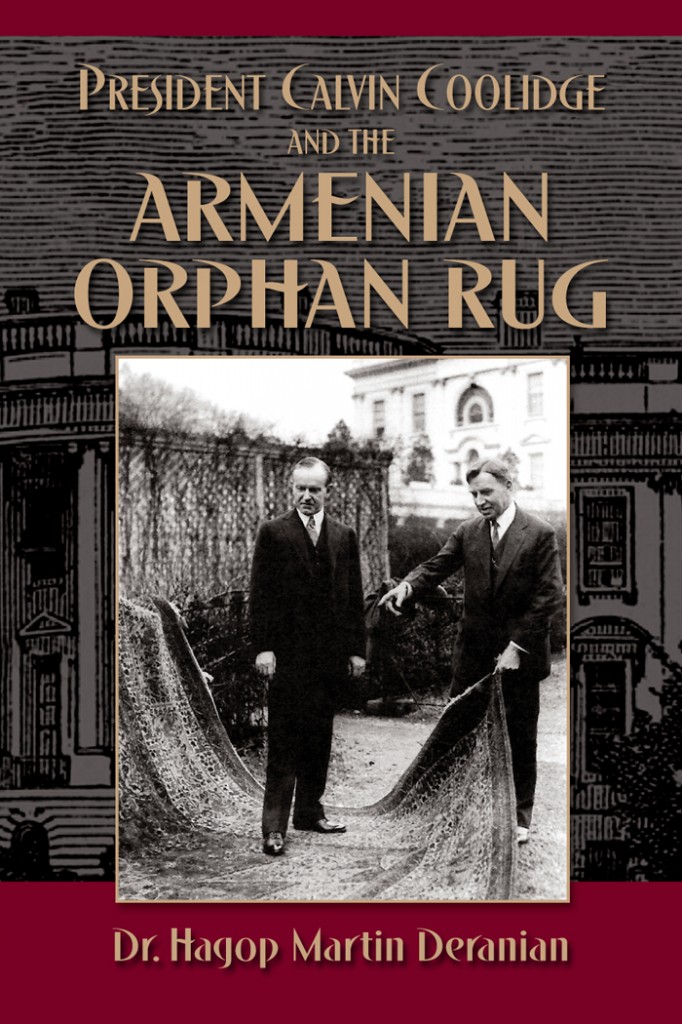

Born in Worcester, Massachusetts in 1922, Dr. Hagop Martin Deranian was born to genocide survivors the town of Hussenig, Kharpert Province, Ottoman Empire. He is named Hagop in honor of Hagop Bogigian, his mother’s uncle, who was a pioneer rug merchant in America and benefactor of education for Armenian young women. His mother, born Varter Bogigian, who died in 1929, was a survivor of the genocide, having lost six children, her first husband, and parents. His father, Marderos, who died in 1957, arrived in America in 1900 and operated a grocery store in Worcester. His father raised him from the age of seven.
Dr. Deranian, a graduate of Clark University and the University of Pennsylvania School of Dental Medicine, served as Lieutenant (junior grade) in the United States Navy (1951-53) and has been engaged in the private practice of dentistry while at the same time serving on the faculty of the Tufts University School of Dental Medicine.
His translation of his father’s memoir, Hussenig, The Origin, History and Destruction of an Armenian Town, was published in 1996; an earlier bilingual edition appeared in 1981. His second book, Worcester Is America, the Story of Worcester’s Armenians, appeared in 1995 followed by Miracle Man of the Western Front: Dr. Varaztad H. Kazanjian, Pioneer Plastic Surgeon, which was published in 2007.
The event, open to the public, is co-sponsored by the National Association for Armenian Studies and Research and the Amaras Art Alliance, and will be held on Sunday, October 20, 2013 at 3:00 p.m. A reception will follow the presentation. For more information, please contact the Armenian Cultural Foundation during office hours (9:00 a.m. to 2:00 p.m.) or check your local Armenian news outlets.

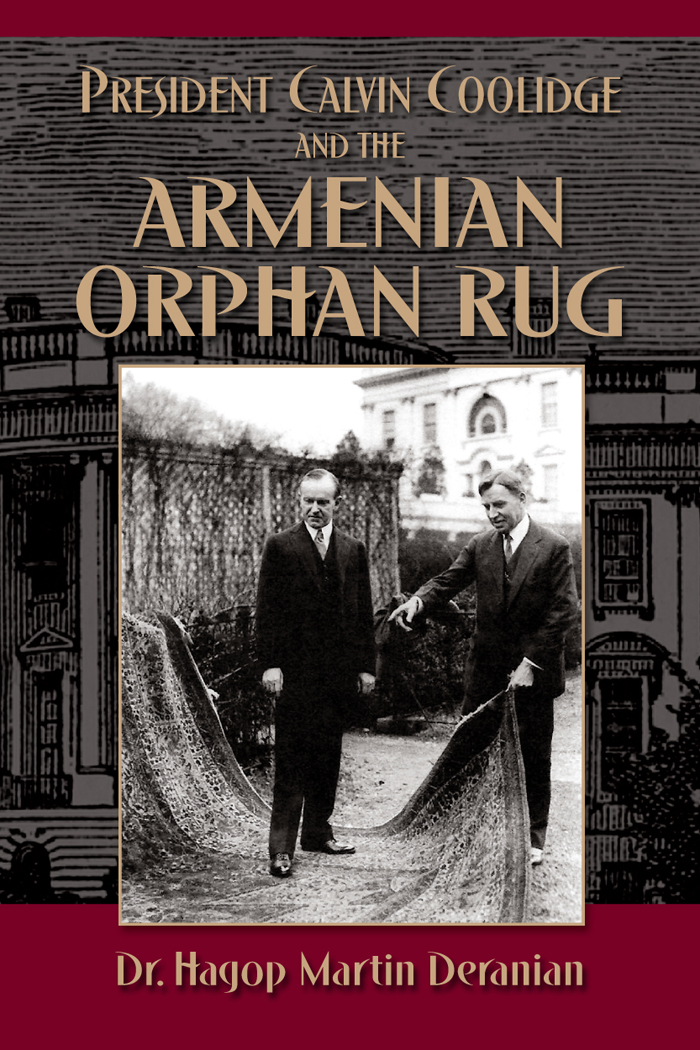

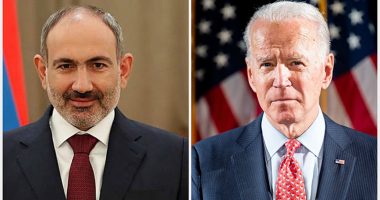
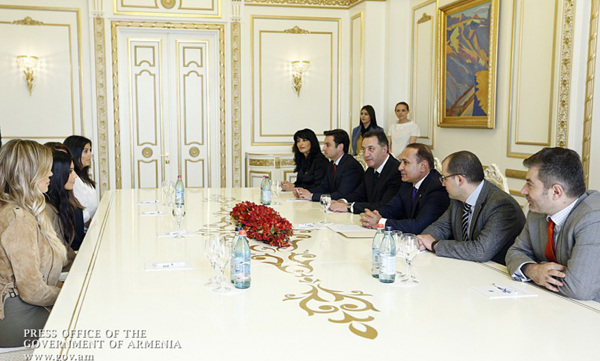
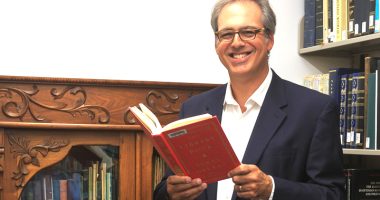

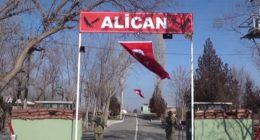


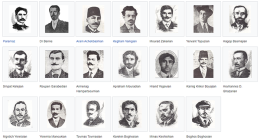
1 comment
How do I buy Martin Deranian’s book? We are presenting talks to Armenian Gorg in Yeravan in Nov., and would like to bring a copy with us. Harold and Jan Bedoukian